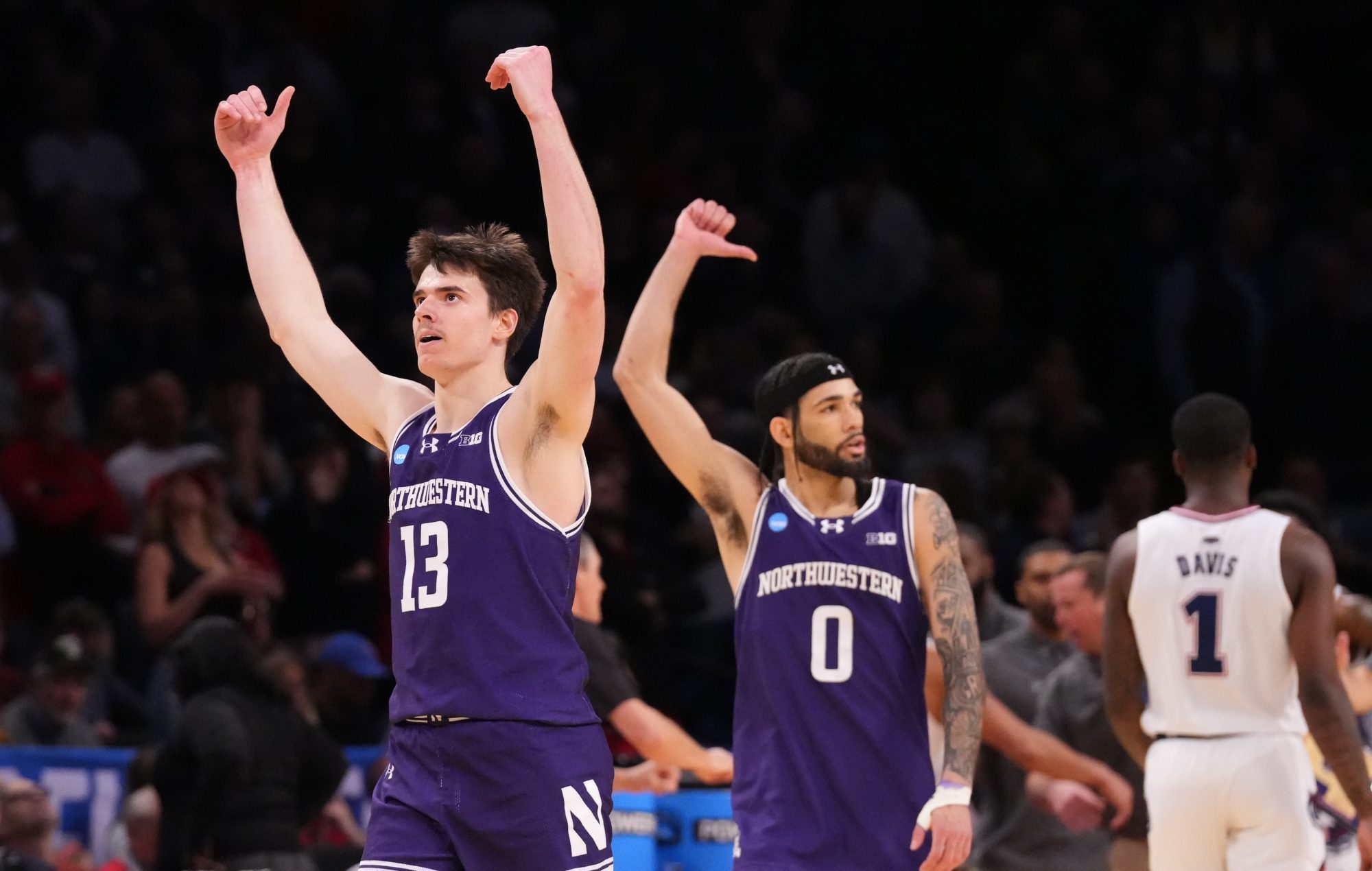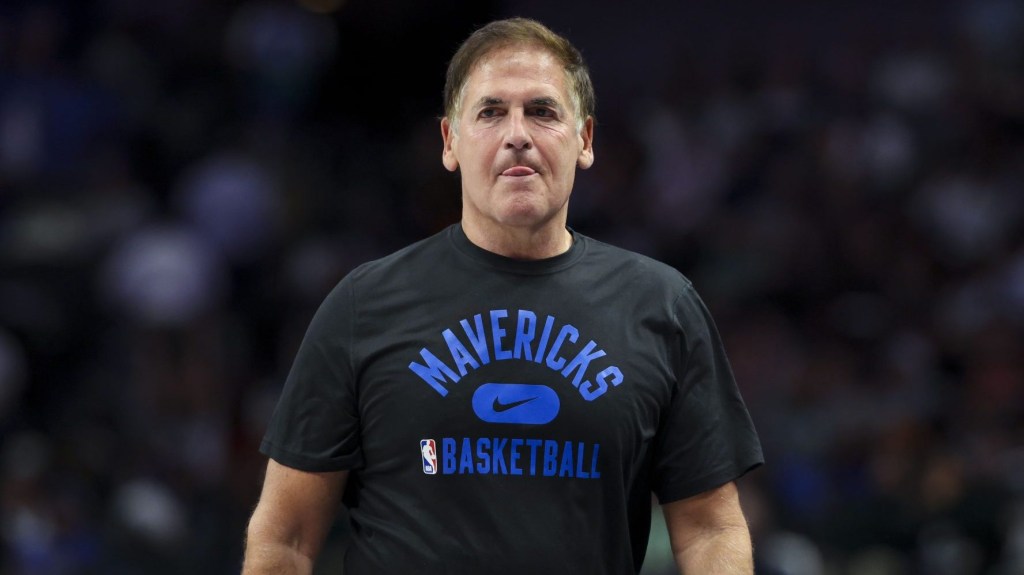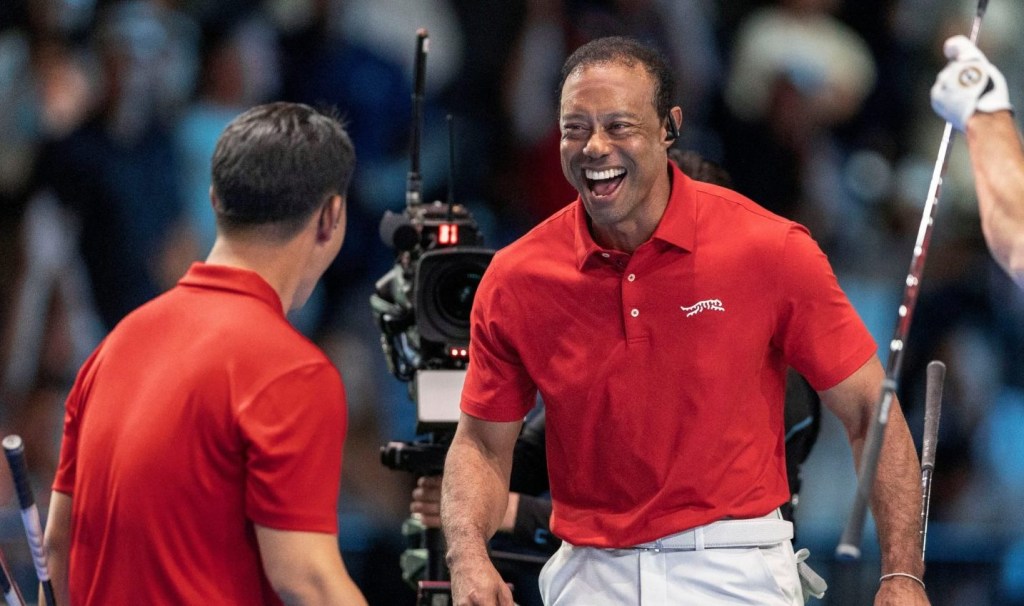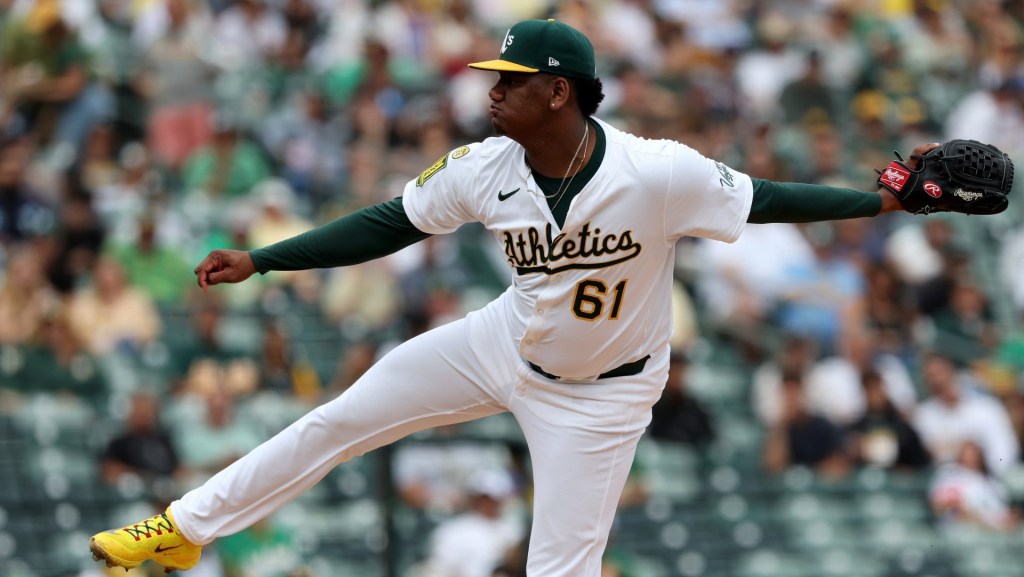Last season, after Northwestern reached the second round of the NCAA men’s tournament in its second-ever appearance, the school’s name, image, and likeness collective knew other programs would be interested in star point guard Boo Buie.
Luckily for the collective’s executive director, Jacob Schmidt, and the rest of the Northwestern fanbase, Buie stayed for his COVID-19 year of eligibility rather than turning pro or hitting the transfer portal. He had plenty of reasons to stay in Evanston (his brother is an assistant coach for the Wildcats), but a handsome check from TrueNU was a part of that decision.
Now that Buie led the school to its first back-to-back tournament appearances, the collective can’t help but feel a tad responsible. Buie is its success story.
“If TrueNU did not exist, there’s a high likelihood Boo Buie would not wear purple and white this year,” says Schmidt, a former Wildcat running back.
In the current era of college basketball, collectives and March Madness are intertwined. They make each other more powerful and raise the stakes of a system that some doubt is sustainable because it relies on enormous donations from fans and is governed by no one, not even the NCAA. Collectives fuel NCAA tournament runs by financially backing rosters that can compete at the highest level. March Madness fuels collectives in return, providing the perfect stage for operators to attract donors.
The best point guards in the college basketball transfer portal usually cost around $200,000 to $400,000, per Pete Nakos of On3. According to Schmidt, a top basketball program spends between $1.5 million and $3 million on its roster, with the stars getting the biggest cut, but figuring out the market rate is “not a perfect science.” Schmidt describes the collective world as quasi-professional sports, where the biggest checks lead to the best results—and the people writing those checks feel validated when their teams win.
“It’s very much about riding the wave of momentum to remind people of the importance of investing in these guys,” Schmidt says. “Hey, that was fun, want to do it again next year? We need some help.”
Wisconsin didn’t make the tournament last season (they settled for the NIT semifinals), but The Varsity Collective and coach Greg Gard retained the five leading scorers and high hopes for this year. They made it this season, and leading up to tip-off, the collective announced a fundraising campaign where anonymous supporters would match donations up to $250,000. Barstool Sports’ Dan “Big Cat” Katz, a Badger alum, even promoted the effort to nearly two million followers on X.
Once in Brooklyn, the No. 5–seeded Badgers were upset by the No. 12–seeded JMU, and the collective’s campaign lost steam. As of Wednesday, The Varsity Collective had raised only $61,610 from 87 donors.
Still, getting face time with donors and fundraising around tentpole events like March Madness is a huge advantage compared to not making the tournament at all, the collective’s executive chair Rob Master tells Front Office Sports.
“These are great platforms to talk about NIL and the collective,” Master says. “You’re at a game. This is what it’s all about.”
College sports move quickly. Vanderbilt announced the hire of JMU head coach Mark Byington roughly 18 hours after his team lost to Duke on Sunday evening. Meanwhile, the transfer portal opened the day after Selection Sunday, and hundreds of men’s and women’s players declared and entered almost immediately.
In 2024, you can’t assume a player is likely to return, even if they go on the record to say that they will. Two nights after Wisconsin’s season ended, Badger guard Connor Essegian announced his decision to enter the transfer portal, shortly followed by two of his teammates. Not even two weeks prior, Essegian told BadgerBlitz.com: “There’s no reason [to enter the portal] … I love this place.”
Now, Northwestern is going back to the drawing board to maintain a roster that can return to the tournament without Buie and grad transfer Ryan Langborg. Some fans are already anxious after seeing sophomore Nick Martinelli’s vague end-of-season post. Junior Brooks Barnhizer will no doubt attract coaches (and collectives) who want him on their team next March. Like Buie, Barnhizer and Martinelli have plenty of reasons to stay, but TrueNU will need to offer the players a sizable deal, or somebody else will.
“We’re proud that we’re allowing our coaches to compete in this crazy new world,” Schmidt says. But, he contests, “This is not sustainable for anyone in the country.”
In the past, fans might’ve supported an athletic department fundraising campaign for a new facility. Now, they’re being asked to open their wallets for NIL year after year, which is no guarantee if their dollars aren’t producing wins.
This year, donors paying Buie hundreds of thousands of dollars through NIL is the closest thing to directly compensating him. But, by next March, college sports could establish a new pay-for-play model given ongoing pushes for athlete unionization, for deeming athletes employees, for establishing a revenue share of media rights, and for bringing collectives in-house. At least for this tournament and upcoming offseason, collectives still own the checkbook.
“It’s an expensive game to play, but again, we didn’t make these rules, and we don’t want to be the reason why Chris [Collins] or David Braun can’t compete,” Schmidt says, referring to the school’s men’s basketball and football coaches. “If you don’t compete in the NIL world, your best players will not stay at your place.”

















